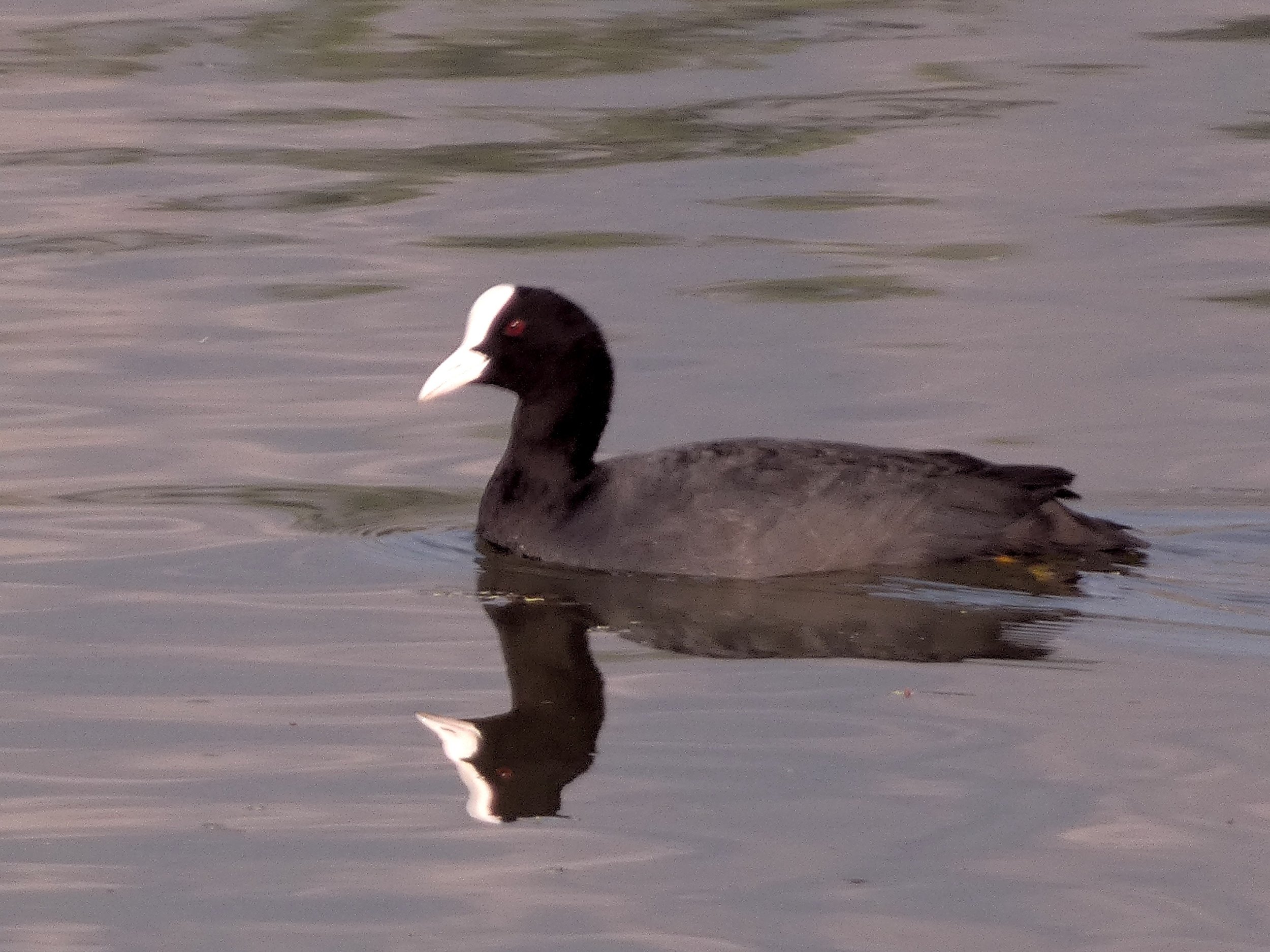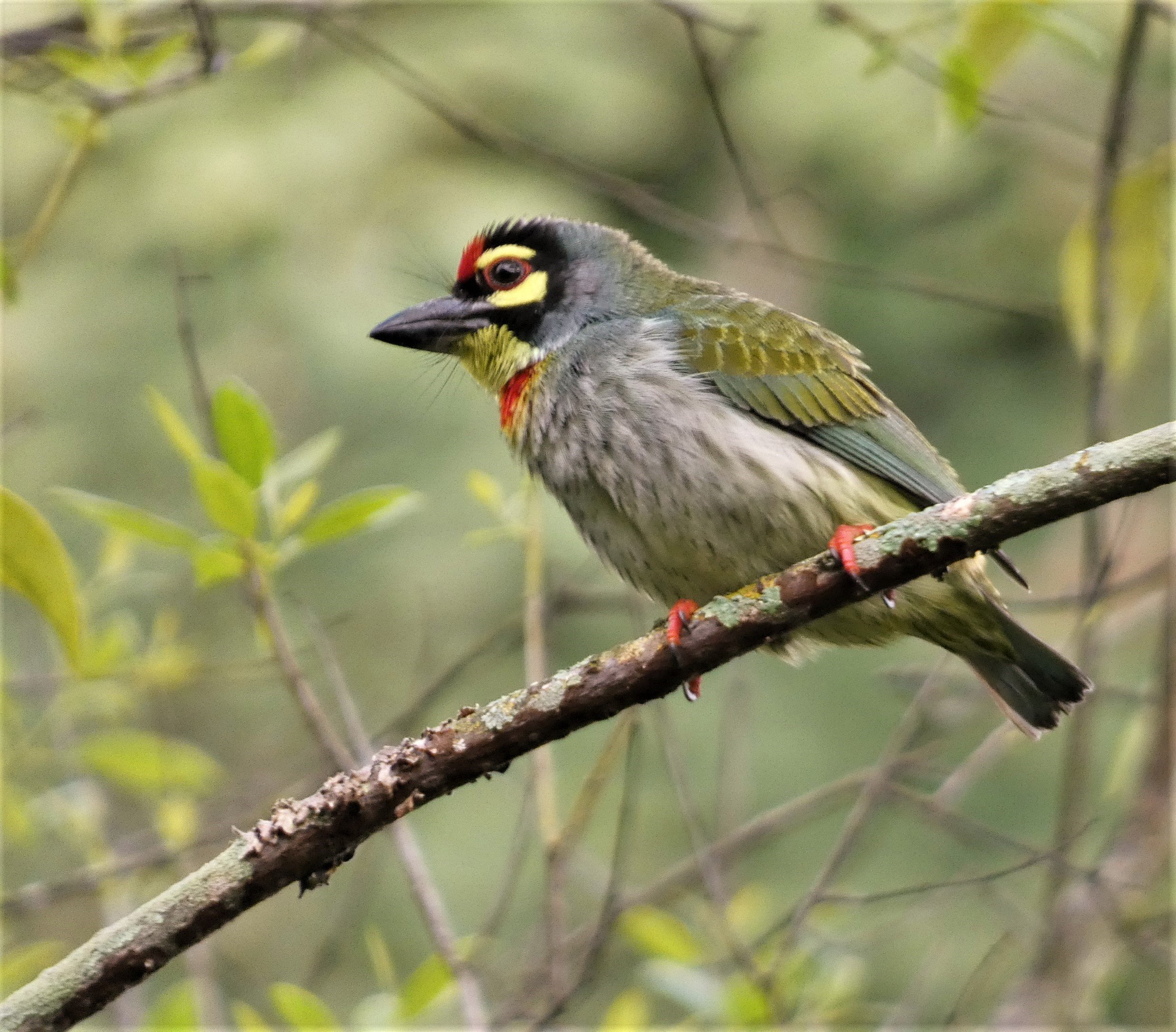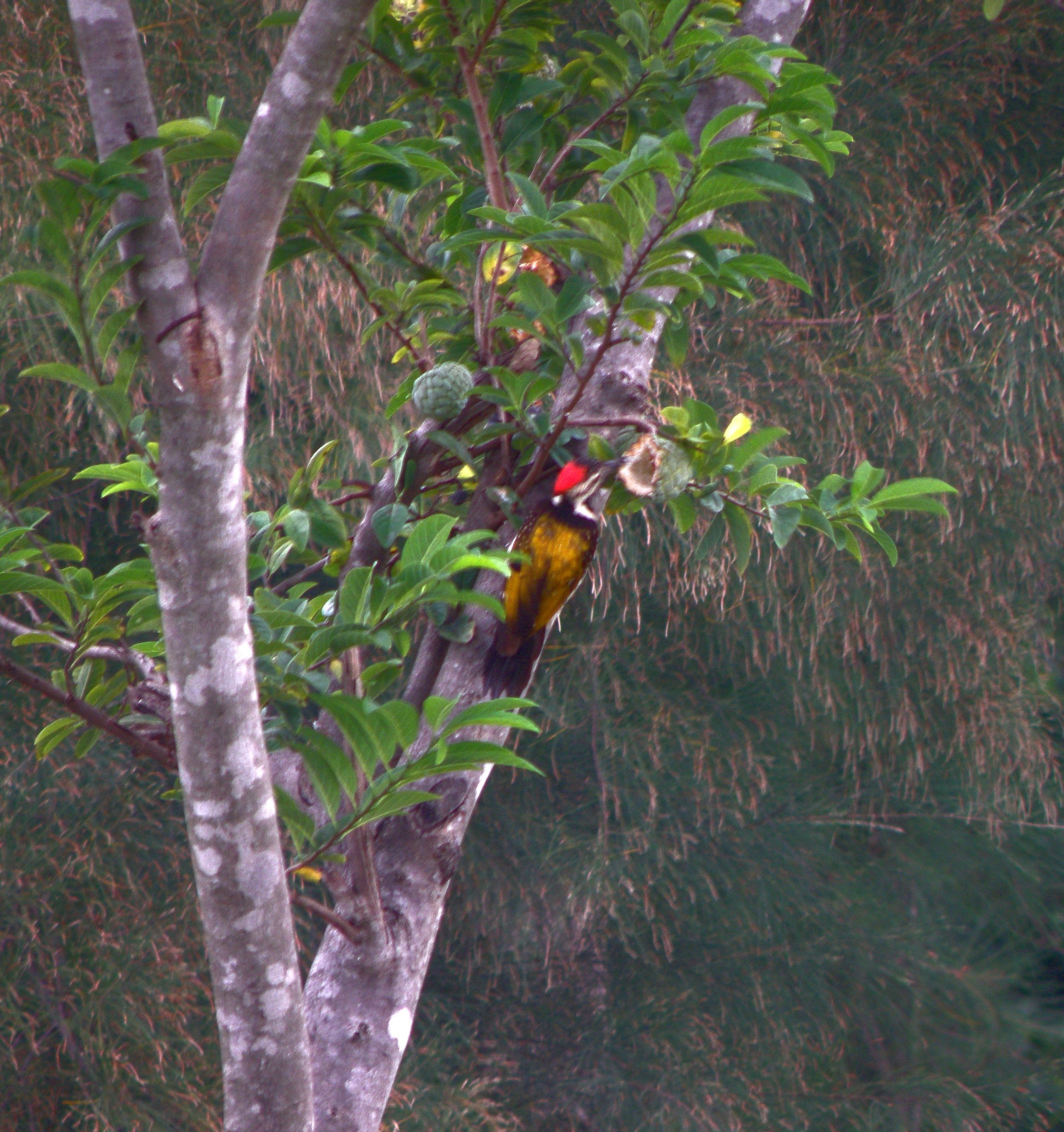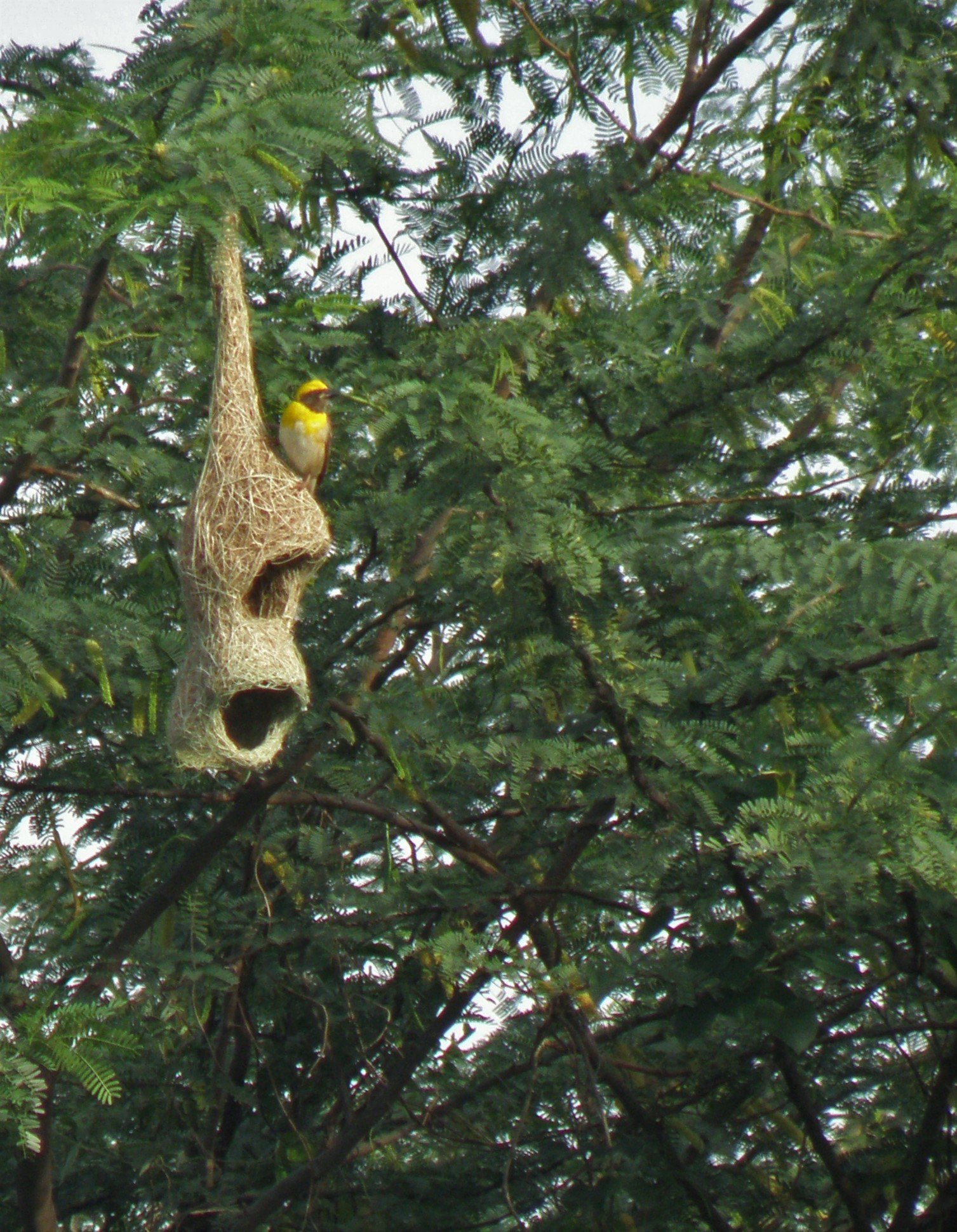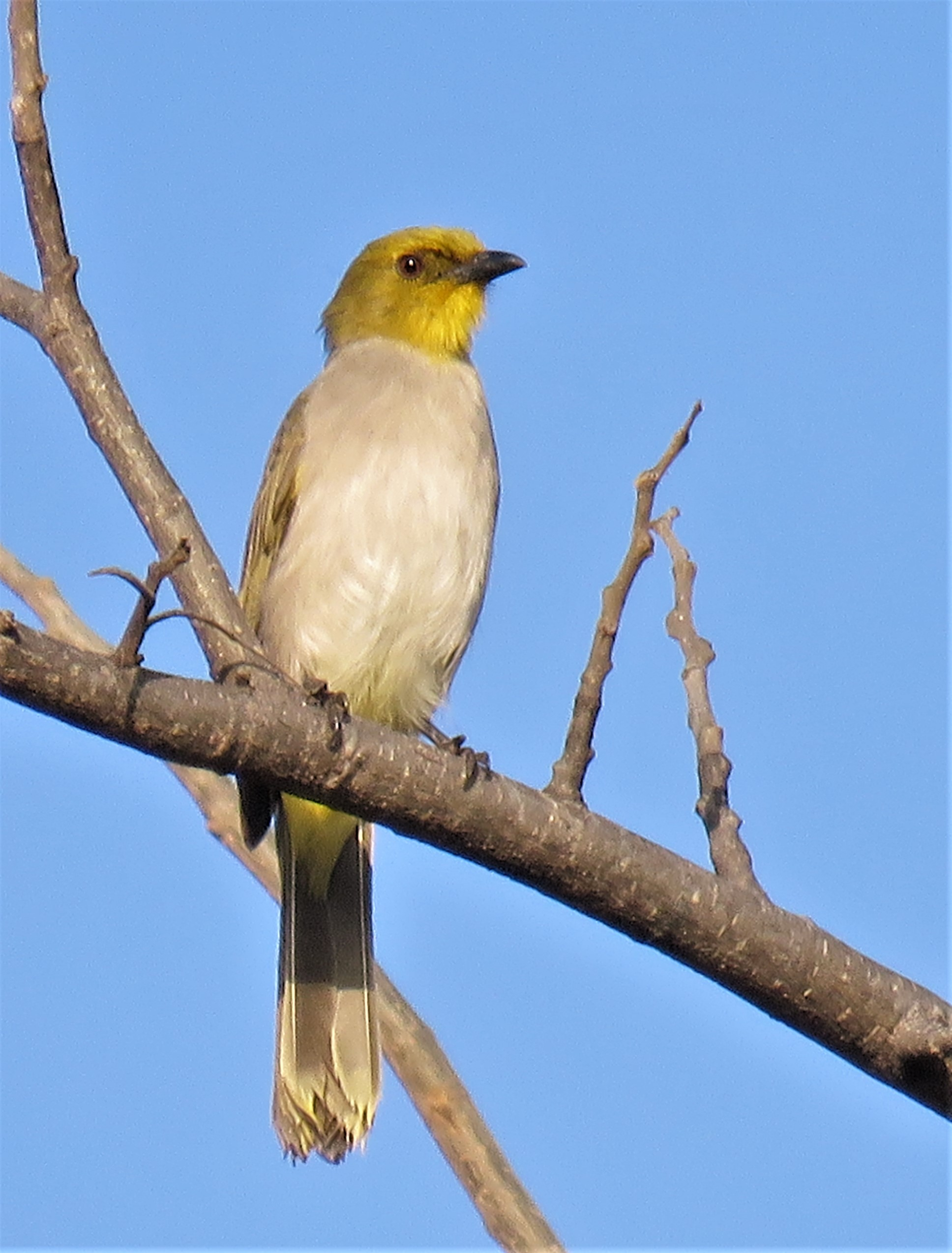December 2022 was a hectic month for birdwatchers. With the Percolation Tank receiving copious supply of water, it began overflowing for a third consecutive year! With the increase in water in the Valley, a lot of our attention went to the birds at the Percolation tank and so we had several water and waterside bird sightings.
We had three sightings of the Lesser Whistling-Duck – a flock of 6-7 birds and a pair of Spot-billed Ducks were seen twice. Little Grebes (Dabchicks) were regularly seen and at least three to four pairs were noticed. I suspected they were nesting but was not able to locate any nests. The number of Eurasian Moorhens suddenly jumped from a pair to ten birds by the last week of December. A dozen Eurasian Coots, thus far absent here, suddenly turned up in the last week and made their presence felt by their loud cries and active movements involving chasing off their rivals and pursuing them as they swam and took off – half-walking and half-flying – on the water, thereby churning the otherwise calm waters.
Another waterside bird that rarely visits the campus, though quite common elsewhere – the Wood Sandpiper turned up on Christmas eve, and gave the Green Sandpiper company for some time. The pair of Greater Painted-snipe that had disappeared from view after the paddy crop came up again was seen in the harvested field by the last week of the month.
Cormorant numbers touched an all-time high of 30+ birds in the last week of the month. The new arrival to the campus – Greater Cormorant – was seen in the last week alongside its Little and Indian cousins. The duo appeared to be immature birds. On 18th December, a large flock of 24 Black-headed Ibis were seen in overhead flight and a flock of Glossy Ibis was seen winging its way over the campus the following week. The grey Heron, Black-crowned Night Herons, Indian Pond-heron, Cattle and Little Egrets were among the other waterbirds noticed here.
Though we never got to see the Black-capped Kingfisher again, we have had the Pied Kingfishers return to the campus, after over two decades and though not seen always, they keep visiting the Percolation tank and perch on the wires (that Mr S Rangaswami had thoughtfully put up for them in the 1990’s!) There have been a few sightings of the colourful Common Kingfisher too.
Among the local migrants, the Indian Pitta has been sighted (or rather heard) fairly regularly. The Large Cuckooshrike, a bird that had been absent for 2-3 years has once again returned to the campus. Indian Golden and Black-naped Orioles too are back, though not in as good numbers as in earlier years. Indian Paradise-flycatchers too are back but I haven’t seen them as frequently as in the past years. Two Black-naped Monarchs have turned up this year. With the Eucalyptus trees beginning to bloom, the Hair-crested Drongos are back.
Among the long-distance migrants, we have been seeing the Lesser Whitethroats, Booted, Blyth’s Reed, Green and Greenish warblers. A single Paddy-field wabler too was seen along the stream carrying the spill-over waters of the Percolation tank. Among the flycatchers, we have been sighting the Asian Brown, Blue-throated, Taiga and the Verditer Flycatchers. Small numbers of Tree Pipits and common Rosefinches have also been seen.
- Santharam / 18 January 2023





